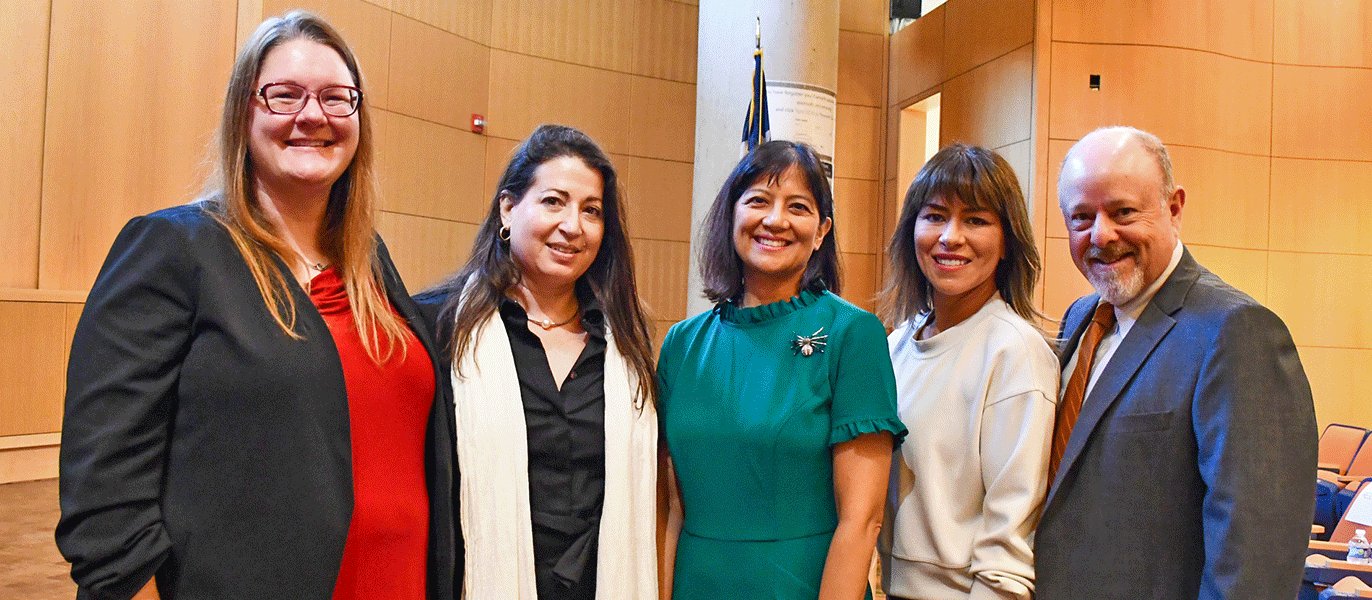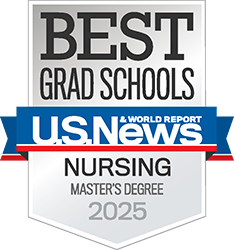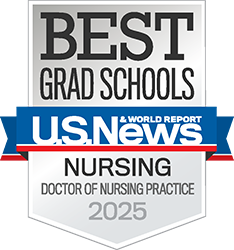Diaz-Lewis lecture highlights firearm violence prevention Speakers address built environment, hospital screening, and survivorship

Researchers discussed firearm violence issues ranging from neighborhood environments to survivorship on Oct. 27 during the 2025 Carla Diaz-Lewis Domestic Violence Lecture at Cizik School of Nursing at UTHealth Houston.
In attendance were Carla Diaz-Lewis and her husband, Kenneth Lewis, whose gift established the series aimed at teaching health care providers and community members how to identify and assist victims of domestic violence.
This year’s lecture was co-sponsored by the Texas Violence and Injury Prevention Research Center. Two local support organizations set up informational tables – Daya, which serves South Asian survivors of domestic and sexual violence, and Aid to Victims of Domestic Abuse.
Place-based interventions
Each year in the United States, about 40,000 people die from firearm injuries and another 85,000 are injured, said keynote speaker Sara F. Jacoby, PhD, MPH, MSN, RN, FAAN, an associate professor at the University of Pennsylvania School of Nursing.
Her presentation, “Beyond Survival: Re-imagining Trauma Prevention and Recovery through Policy, Place, and Community Response,” outlined how everything from century-old housing policies to modern day trash pickups can affect the risk of firearm violence in a neighborhood.
“Screening for place and risk is critical,” she said. “The built environment, we believe, sends signals about care, about surveillance, and about who the space is for.”
Federally backed mortgage lending practices that grew out of Depression-era policies resulted in risk maps with “redlined” disinvestment zones. Today, these districts remain the highest-risk areas for firearm injuries, Jacoby said.
“The COVID-19 pandemic provides a current example of how structural conditions shift and how risk can rapidly amplify,” she said. “The pandemic itself didn’t cause domestic or community violence, but policies around containment altered mobility, access to shelter, and availability of legal and community supports.”
In Philadelphia, where Jacoby conducts most of her research, firearm injuries rose from about 300 per quarter before the March 2020 emergency orders to nearly 550 per quarter afterwards, with the proportion of women and children injured increasing approximately 40% and 17%, respectively.
Jacoby also outlined research studies that demonstrated how things like streetlights, painted cross walks, lighted traffic signals, and plenty of shade trees can lower risks. In one study, people were hired to clean up and maintain vacant lots and public spaces.
“These workers, most of whom lived in the neighborhood, became stewards and trusted points of contact for the neighborhood,” Jacoby said. “When people come together in social regularity, that creates conditions in which people watch out for one another.”
Siloed information can hinder development of effective community interventions, she noted. For example, reports of domestic violence in private homes can fall through the cracks if health system and law enforcement data are not integrated.
Hospital-based screening
Sandra L. McKay, MD, FAAP, whose research focuses on firearm safety, presented “The Importance of Screening for Gun Violence in Clinical Encounters.” She is an associate professor in the department of pediatrics at McGovern Medical School at UTHealth Houston.
“Firearms are the leading means of death in domestic violence,” she said. “Access [to firearms] matters.”
A gun owner herself, McKay advocates for firearm violence screening in clinical settings, even if that means asking only a few questions. She advised attendees on ways to elicit responses without raising suspicion or resistance.
For example, the using the term “firearm” is preferrable to “gun” or “weapon,” and instead of asking patients whether they own firearms, she asks, “How do you store the firearms that may be in your home?” She also looks for openings to encourage secure storage practices, such as the presence of new babies, curious toddlers, risk-taking adolescents, or older family members in the home.
Young survivors of firearm injuries
Annalyn DeMello, PhD, MPH, RN, CNE, is conducting a five-year, federally funded study following high-risk youth who have been injured by firearms. Her team interviews survivors between the ages of 15 and 34 who are treated in the Level 1 trauma center at Ben Taub Hospital in Houston, with follow ups at six and 12 months.
In her presentation, “Gun Violence Survivorship and Its Impact on Young Adult Mental and Behavioral Health,” DeMello noted that most survivors don’t report symptoms of post-traumatic stress disorder treatment immediately after their injuries. However, they are likely to display symptoms such as hypervigilance and to acquire firearms for personal safety later.
DeMello also discussed challenges in recruiting patients for the study, including protective caregivers. “For many families, this is the first instance of something so life threatening,” she said. “The parents are experiencing secondary trauma.”



